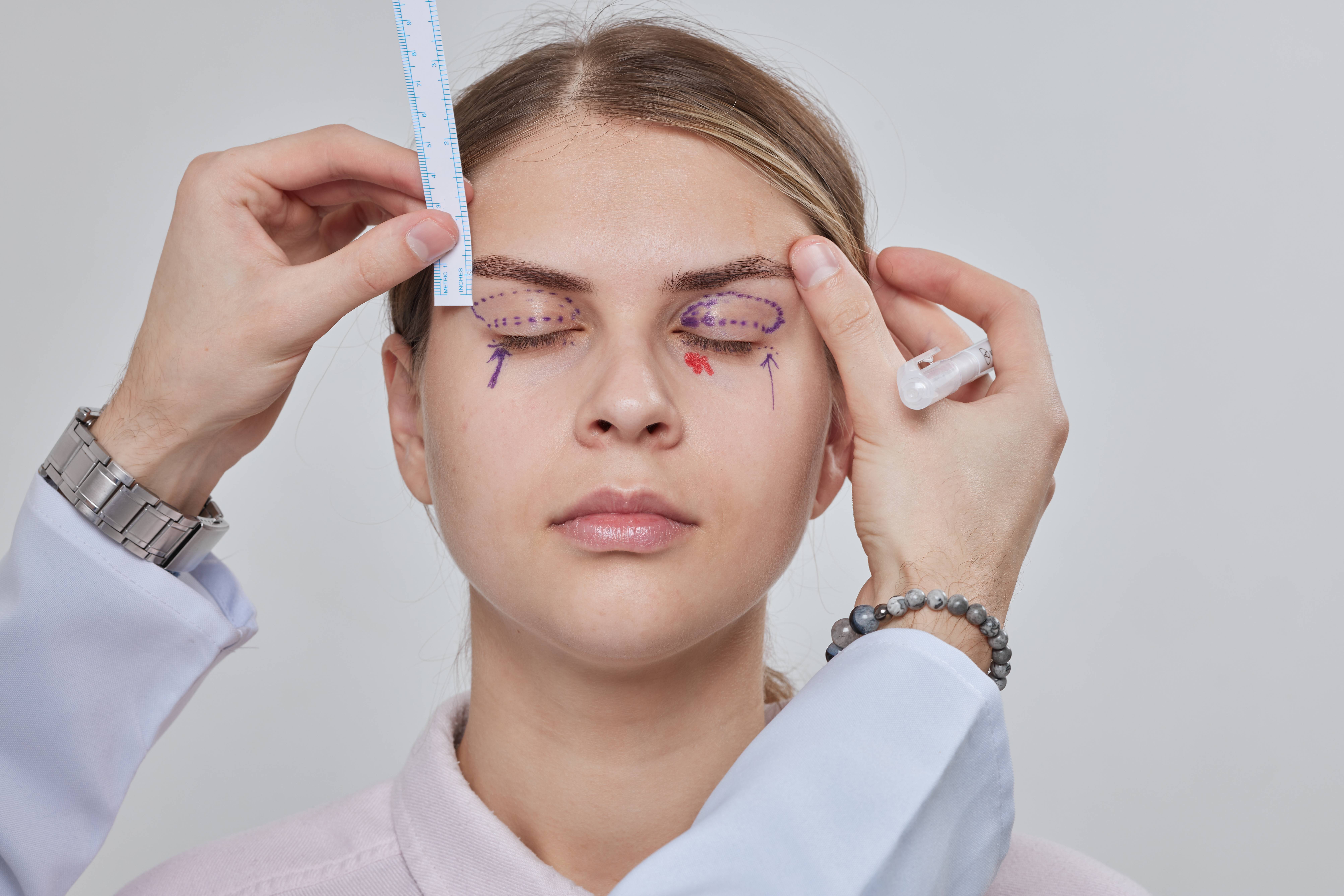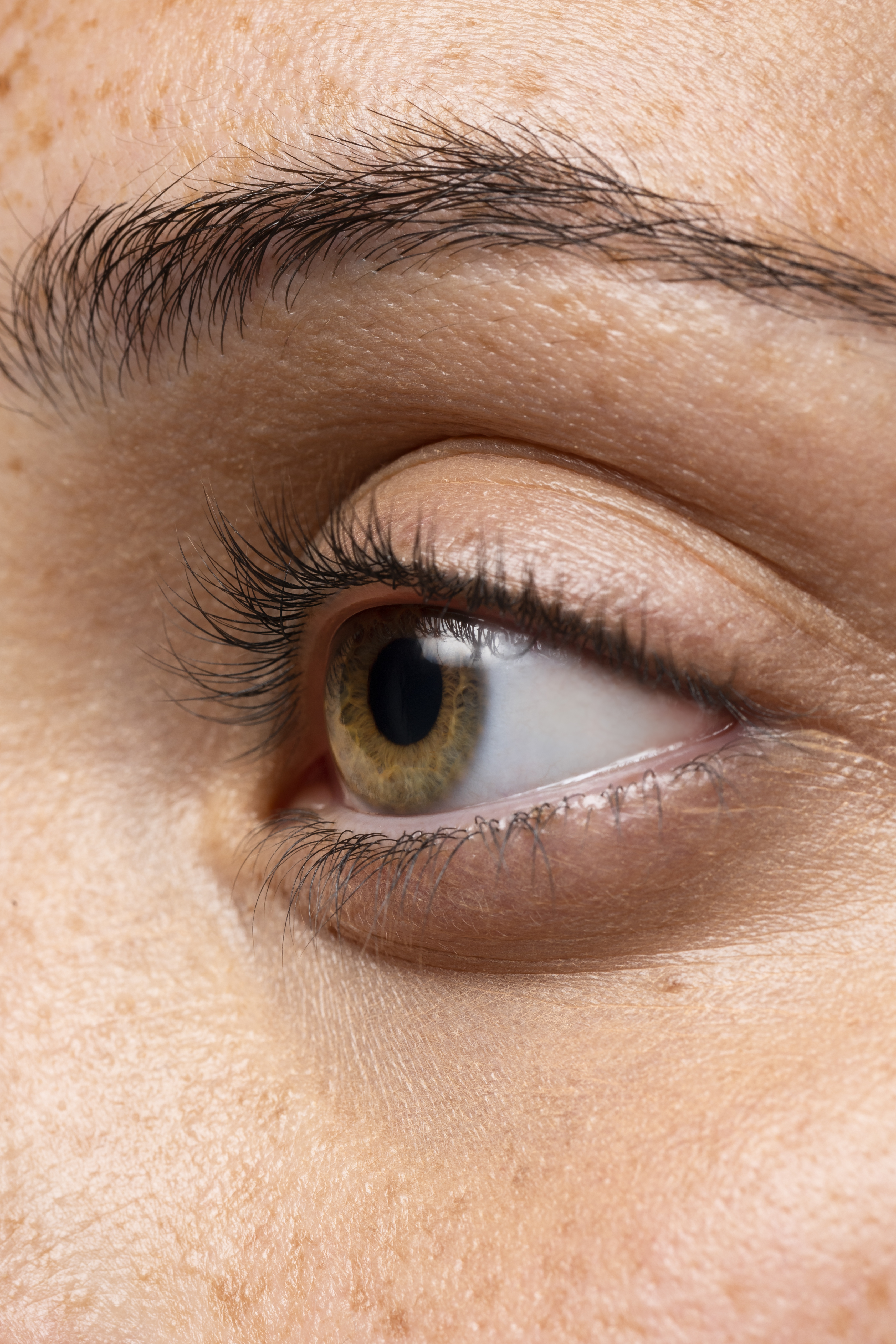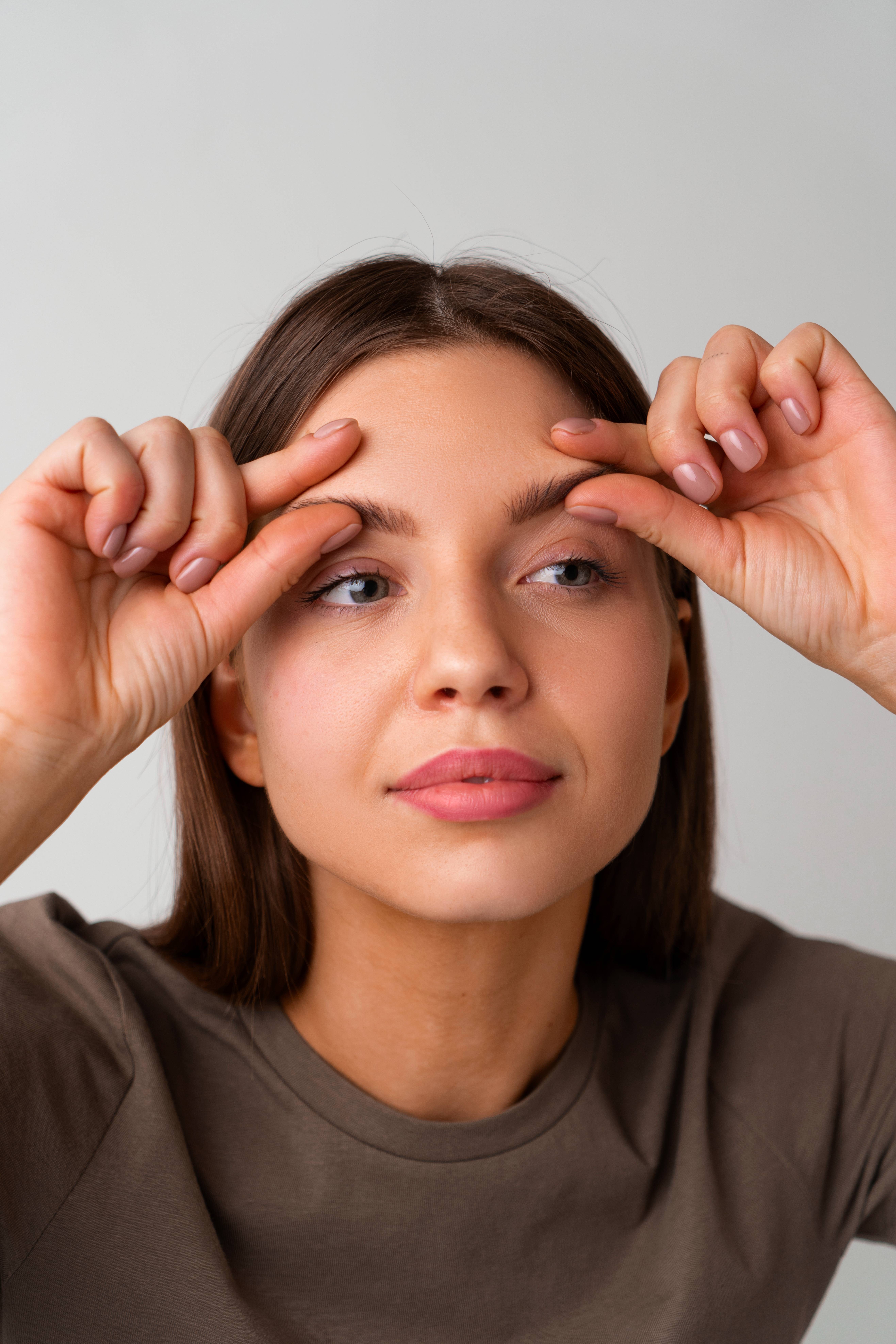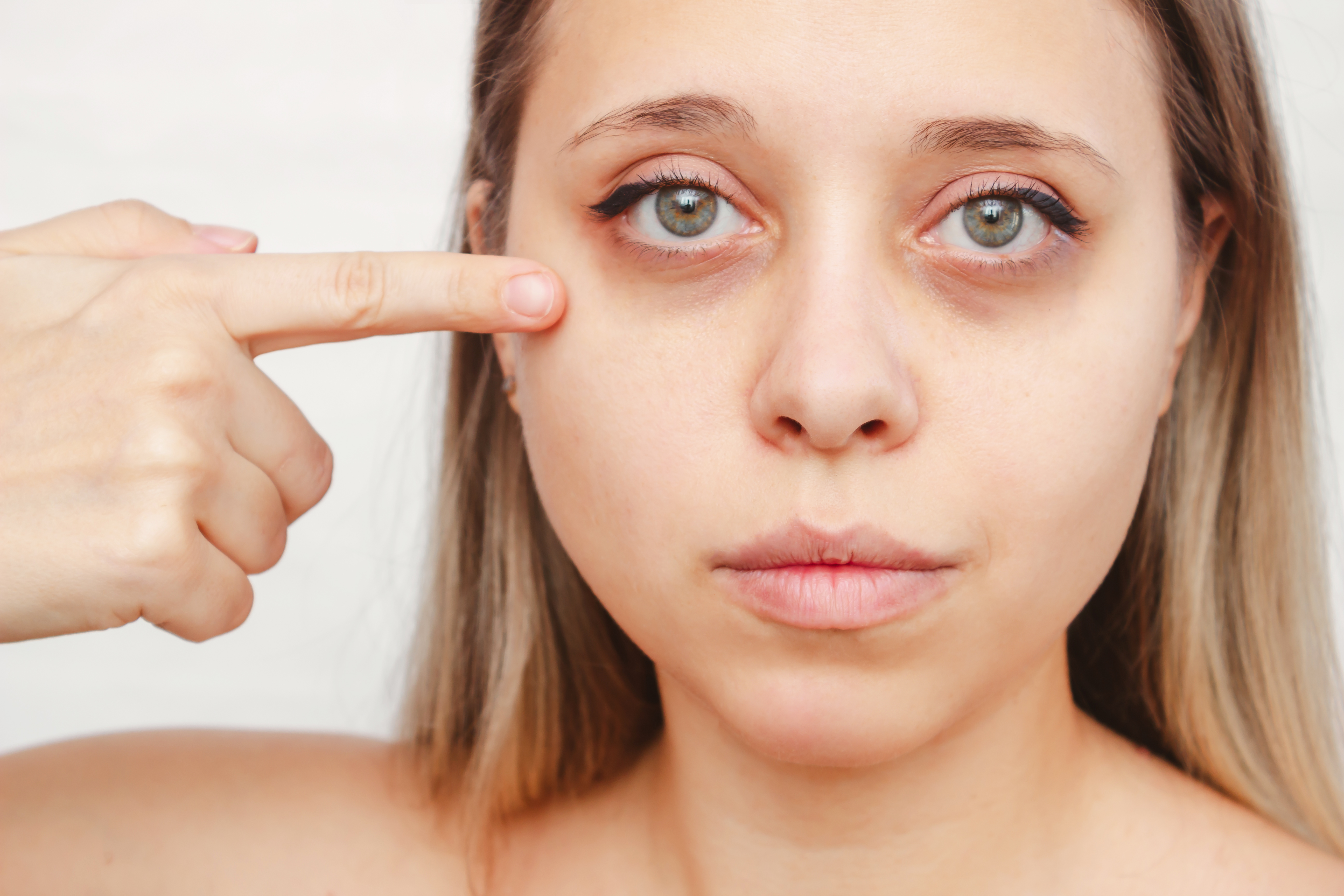Eyelid Surgery (Blepharoplasty)
Professional medical service with experienced doctors and modern techniques.





Description
Eyelid Aesthetics (Blepharoplasty)
Eyelid aesthetics, also known as blepharoplasty, is a cosmetic procedure that rejuvenates the appearance of the eyelids by addressing concerns such as excess skin, fat deposits, and muscle laxity.
This procedure aims to correct problems like drooping eyelids, under-eye bags, and puffiness, restoring a fresher and more youthful look to the eyes.
What Changes Occur in the Eyelids and Why?
The eyelids are composed of layers of skin, muscle, and fat. Over time, due to genetic predisposition, aging, and environmental factors such as sun exposure, the skin of the eyelids loses elasticity and begins to sag. The muscle layer beneath the skin also weakens, causing drooping and laxity under the influence of gravity.
Fat pads, which normally give the eyelids a full and youthful appearance, may start to protrude forward, leading to sagging and puffiness. When the brows also descend, the excess skin on the upper eyelids becomes even more noticeable.
Eye makeup applied to the lids may disappear under the folds of excess skin. In advanced cases, the excess tissue on the upper eyelids can even reach a point where it interferes with vision.
Tekniklers
Our expert surgeons use advanced, customized techniques tailored to each patient’s unique needs and goals.
Upper eyelid surgery typically involves making discreet incisions along the natural creases of the eyelids, allowing for the removal of excess skin and fat.
Lower eyelid surgery, on the other hand, may involve incisions just below the lash line or inside the lower eyelid to address concerns such as under-eye puffiness and bags.
These precise approaches are designed to achieve optimal results, minimize visible scarring, and preserve the natural contours of the eyes.
Before Surgery
Before Eyelid Surgery (Blepharoplasty)
Before proceeding with eyelid aesthetics (blepharoplasty), patients undergo a comprehensive consultation aimed at aligning their goals with realistic and achievable results. During this stage, our experienced surgical team carefully evaluates the anatomy of the eyelids, taking into account factors such as skin laxity, fat distribution, and muscle tone.
To prevent bleeding complications during or after surgery, the use of aspirin, vitamin E, certain painkillers, or herbal supplements that reduce blood clotting should be discontinued at least 10 days prior to surgery.
A balanced diet is recommended, and it is best to avoid medications or nutritional supplements unless prescribed. Patients with hypertension should ensure their blood pressure is controlled with medication.
Ideal Age for Surgery
The typical age for blepharoplasty is over 30, but the procedure can be performed at any age depending on the degree of eyelid deformity.
Surgery
How Eyelid Surgery (Blepharoplasty) Is Performed
- The surgical procedure must be performed in a hospital setting with the presence of an anesthesiologist.
- It can be done under local anesthesia with IV sedation (intravenous sedative applied to the eyelids) or under general anesthesia. Patients are usually discharged the same day.
- Surgery can be performed on the upper eyelids, lower eyelids, or on all four eyelids simultaneously.
Before surgery, while the patient is standing, the excess skin to be removed from the upper eyelid is carefully marked. The incision is planned to align with the natural crease of the eyelid when open. For the lower eyelid, the incision is made 1–2 mm below the lash line, following the natural folds of the skin.
In cases where the eyelid skin is not excessively sagging, only the fat pads may be removed through a small incision. The technique is not standardized; it varies depending on the patient’s condition and the surgeon’s preference.
At the end of the procedure, incisions are closed with fine sutures. Lower eyelid surgery requires greater expertise, as the lower lids tend to sag with age. If sufficient tightening is not achieved during surgery, the eyelid may turn outward and downward (a condition known as ectropion).
Blepharoplasty is a highly technical surgery with little margin for error and should only be performed by plastic surgeons with years of specialized training. In cases of deep eye sockets, the surrounding bones may require reshaping or reinforcement, and fat grafting may be applied to the eyelids for additional support.
Upper eyelid surgery is often combined with a brow lift, producing much more ideal and satisfying results around the eye area.
Depending on the specific procedure performed, surgery usually takes 1–2 hours.
After Surgery
Aftercare Following Eyelid Surgery (Blepharoplasty)
Proper aftercare is essential following eyelid surgery to encourage smooth healing and achieve the best possible results. Our surgical team provides patients with detailed, personalized instructions, including guidance on how to effectively manage swelling and bruising.
The use of cold compresses may be recommended to relieve discomfort and reduce inflammation in the treated area. During the initial recovery phase, patients should avoid strenuous activities and take care to protect their eyes from irritation.
Regular follow-up appointments are also an important part of recovery, allowing our surgeons to monitor progress, address any concerns, and make necessary adjustments to help ensure optimal outcomes.
What Our Patients Said
Elevate Your Beauty Experience with Medicci
Whether you are considering a facelift, liposuction, or rejuvenating treatments, our surgeon is ready to create a personalized plan for you.
Frequently Asked Questions
Recovery time varies depending on the procedure and individual factors. Your surgeon will provide specific guidance.
Book Now
Related Services

Almond Eye

Eyebrow lifting / Fox Eyes



